Queen Elizabeth II logged world records for being the longest-serving monarch in British history. No other modern monarch has reigned for as long as she did.
The Queen’s lifetime achievement was marked on June 5, 2022, when Her Majesty had her Platinum Jubilee, a reminder that she sat on the throne as the Queen of England for a record-breaking 70 years.
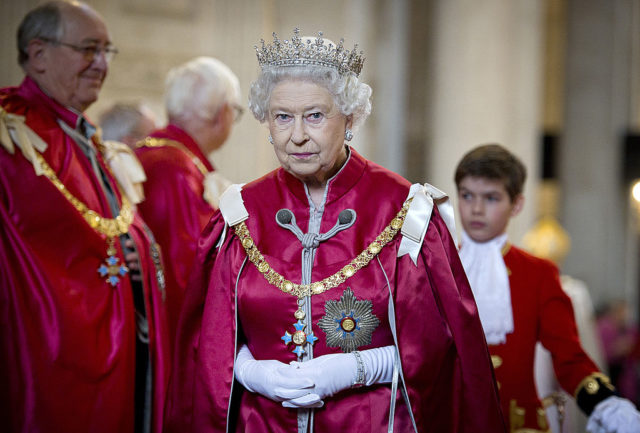
Since Queen Elizabeth II held such an important title, which made her one of the most powerful women in the world, she definitely had some special privileges.
For starters, she didn’t have to sing the national anthem, God Save the Queen, as it was dedicated to her. She was also not obligated to pay taxes, though she voluntarily paid a sum equivalent to income tax on her private income and income from the Privy Purse them anyway.
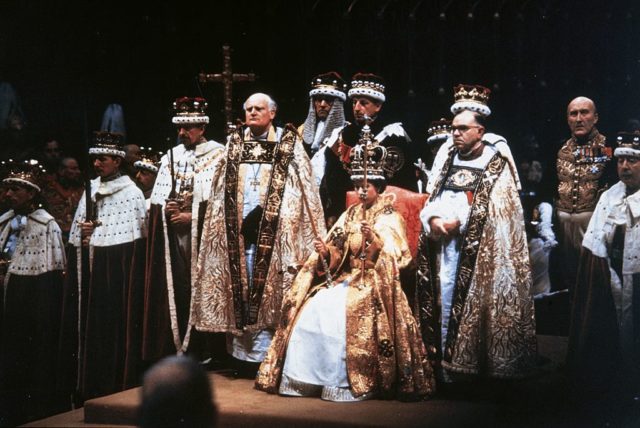
A still-active legal statute from the 14th century said she was also the owner of all “whales and sturgeons taken in the sea or elsewhere within the realm,” according to Mental Floss.
But what are the most intriguing privileges of being the Queen?
About the Queen’s name and surname
The monarch, who passed away in 2022 at 96, was the second in its country’s history to bear the name Elizabeth, though her name has nothing much to do with the 16th century Queen Elizabeth I.
The Queen’s full name by birth was Elizabeth Alexandra Mary, a name that truly honored her own mother Elizabeth, her great-grandmother Queen Alexandra, and her grandmother Queen Mary. The latter two are ancestors from the line of the Queen’s father.
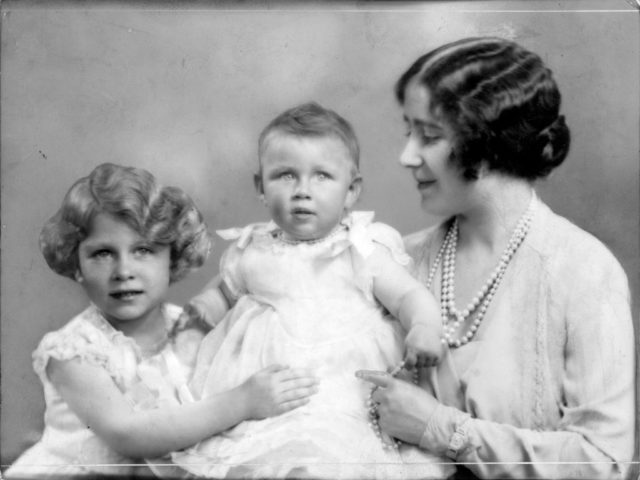
Regarding her family name of “Windsor”: the Queen was the fourth British monarch of the House of Windsor, a branch of the House of Saxe-Coburg and Gotha which was renamed by King George V during World War One (taking the name from Windsor Castle) due to anti-German sentiment of the public.
But in 1960, Elizabeth and Prince Philip, the Duke of Edinburgh, opted for another change of the surname. Their official surname became Windsor-Mountbatten.
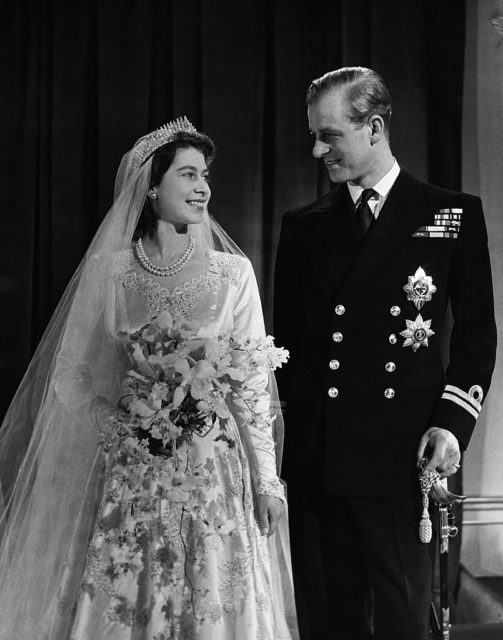
The Queen, however, never had to actually use her last name for obvious reasons — everyone knew who she was. There was only one Queen Elizabeth and she was free from specifying which Elizabeth she is. Her signature normally read Elizabeth R., with R. denoting her status of Regina (Latin for Queen).
She was well-traveled and without a passport
Another perk for Queen Elizabeth is that she didn’t use a passport when she traveled overseas. In Britain, all passports are officially issued in the Queen’s name, so it apparently didn’t make sense that she own one.
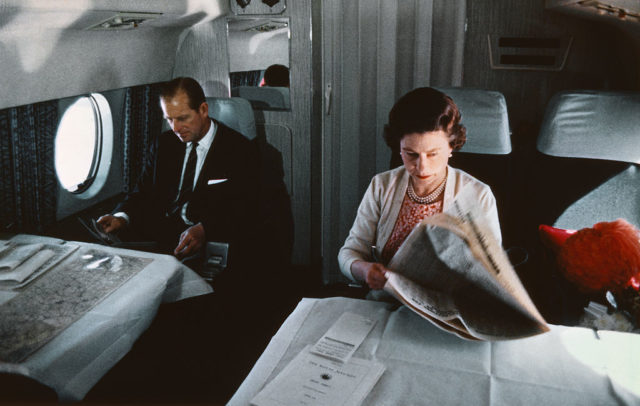
Passport-free, Her Majesty traveled wide and far. She had been to over 120 countries during her official visits as the head of state.
In addition to the Commonwealth countries, she also saw other far-flung places such as the Middle East, Mexico, Botswana, and Russia.
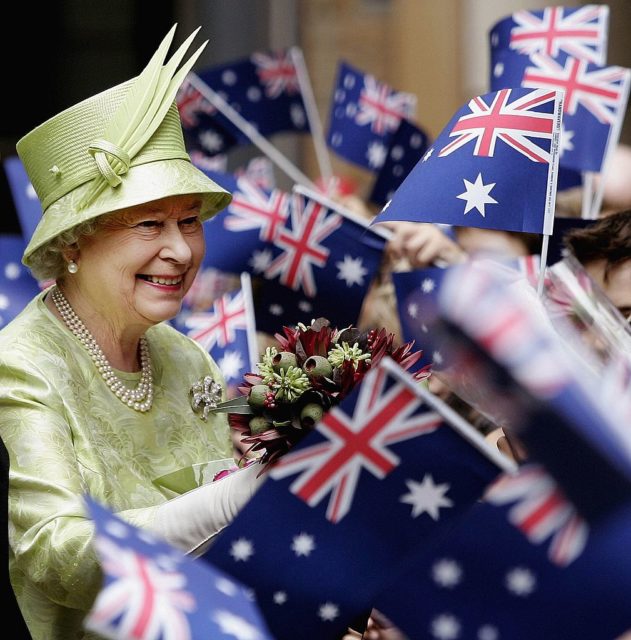
According to the Telegraph in 2016, the Queen “traveled more than 1,032,513 miles, equivalent to 42 journeys around the entire circumference of the Earth.”
Her trip of longest duration was a 1953 Commonwealth tour, a journey that measured an astonishing 44,000 miles, for which she was “armed with 12 tons of luggage.”
The last time the Queen made a state visit was in late 2015 when she visited Germany.
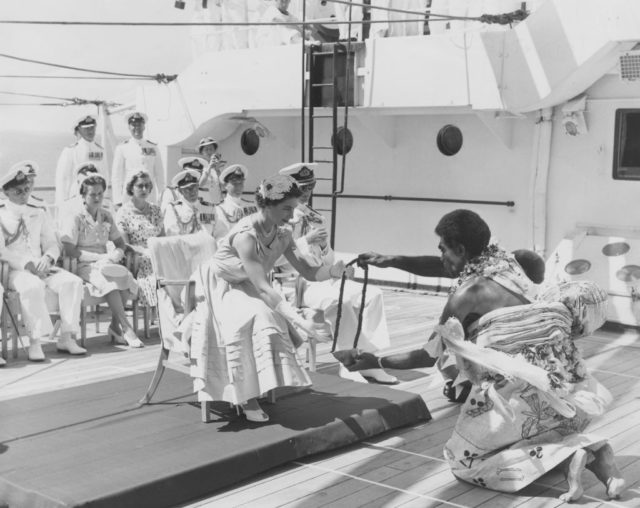
The Queen never paid a visit to Israel, perhaps due to political reasons, nor Greece, possibly due to the estranged relationship between her husband’s birth country and his family history.
The list of souvenirs the Queen took home, as you might imagine, is exotic to say the least. From Fiji, a grass skirt and whale teeth; from the Seychelles, an intricate collection of shells; from Cameroon, an elephant.
Canada and the United States respectably gifted an ice-hockey t-shirt and cowboy boots to the Queen, not that we ever saw evidence of her wearing them.
The Queen didn’t need a driving license
The Queen mastered her driving skills during her time with the Auxiliary Territorial Service during World War II.
Still only a princess during the war, she opted to join the military unit of women who fulfilled duties as drivers, mechanics, or postal workers.
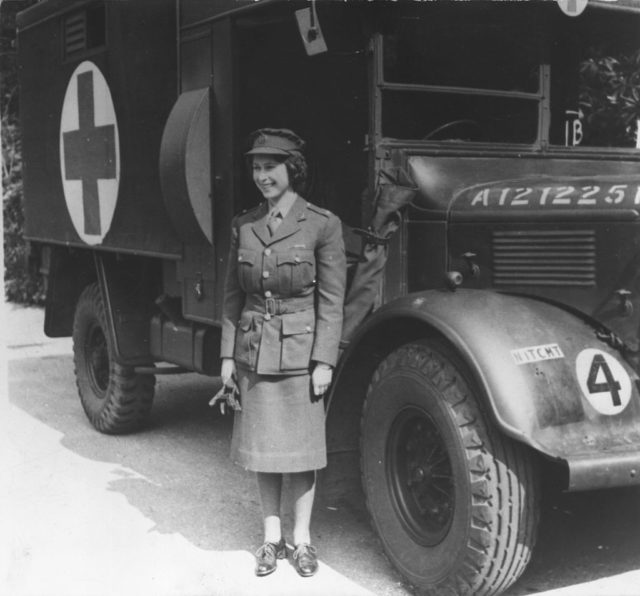
The engagement made Her Majesty the only woman from the royal family who took part in military service, and until her 2022 death she was the sole living head of state who served in WWII.
Aside from that, if someone asked Her Majesty to show her driving license, well, she didn’t own one.
Just like passports, driving licenses in Britain are issued under Her Majesty’s authority.
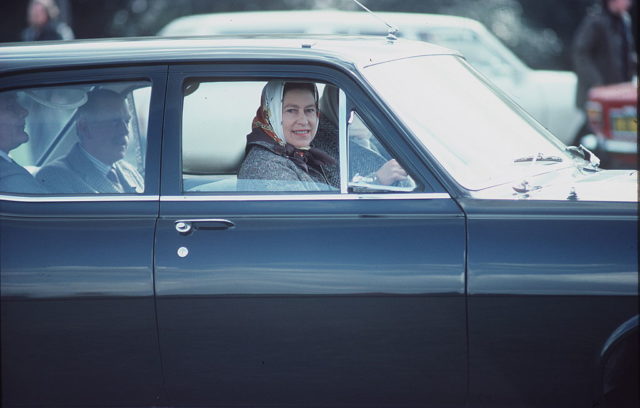
An anecdote tells us how the now late Saudi Arabia’s King Abdullah, who was a guest of the Queen at her Balmoral residence in Scotland, was taken by surprise in 2003.
King Abdullah was about to get a tour around Balmoral when he was told to take the front passenger seat. The Queen, who was 77 years old at the time, befuddled her guest by hopping behind the driver’s seat of her Land Rover.
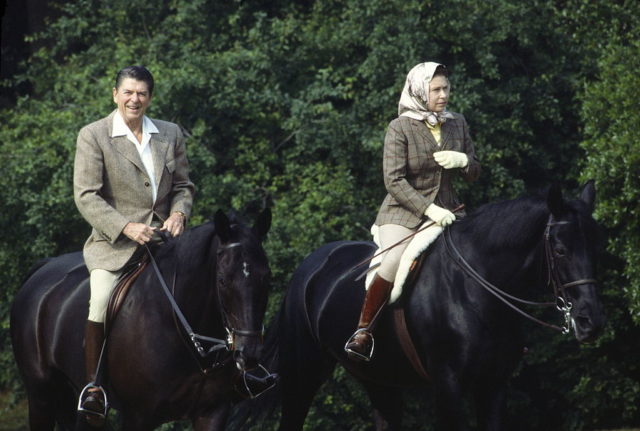
“To his surprise, the Queen climbed into the driving seat, turned the ignition and drove off,” recounted Sir Sherard Cowper-Coles, at the time serving a term as British ambassador to Saudi Arabia, for the Sunday Times.
Queen Elizabeth was probably the first and the last woman to ever give a ride to King Abdullah. His country lifted an age-old ban on issuing driving licenses to women only in 2018. Rumor has it the Queen talked to him the entire time while driving, even after he remarked she should watch on the road.
Animals: the Queen’s ‘love-love relationship’ with corgis
It’s a widely known fact that the Queen loved her corgis. She was keen on this breed ever since she was a child, when her father brought home the first Pembroke Welsh corgi which was called Dookie.
For her 18th birthday in 1944, Elizabeth received Susan and her love for corgis was sealed for eternity. Susan went on to be the stepping stone for a royal corgi breeding program that produced all corgis that have barked within the royal quarters ever since.
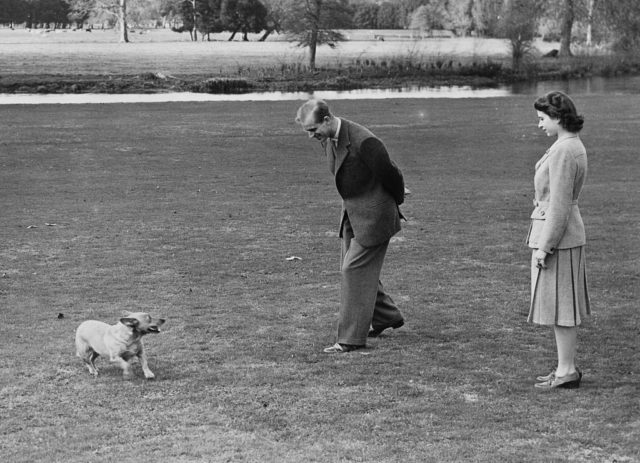
The breeding program was overseen personally by the Queen through at least 14 generations and over a period of 50 years, according to Vanity Fair.
The Queen also owned two “dorgis” named Candy and Vulcan. This unique crossbreed was engineered when one of her corgis mated with a Dachshund named Pipkin that was owned by Princess Margaret. It basically means the Queen created her own breed of dogs.
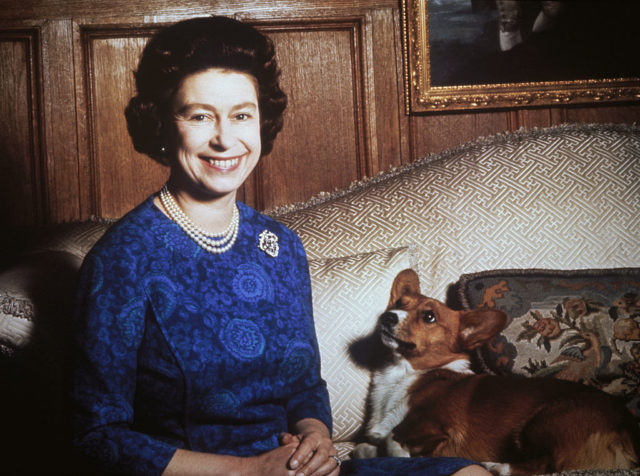
The pair of dorgis, accompanied by Holly and Willow, two corgis owned by Her Majesty, appeared on photographs issued by Buckingham Palace on the occasion of the Queen’s 90th birthday in 2016.
The Queen took care of at least 30 different corgis during her reign. And she always looked pretty happy around them.
She celebrated her birthday both in April and June
Well, only a Queen can have her own slice of birthday cake twice a year. Just like earlier occupants of the British throne, Her Majesty got to celebrate two birthdays. The first one was her real one, and the second was her public official birthday.
Queen Elizabeth was born on April 21, 1926, and this is the day when she celebrated privately with close family members. The day was formally observed with gun salutes at three different locations: Hyde Park, Windsor Great Park, and the Tower of London.
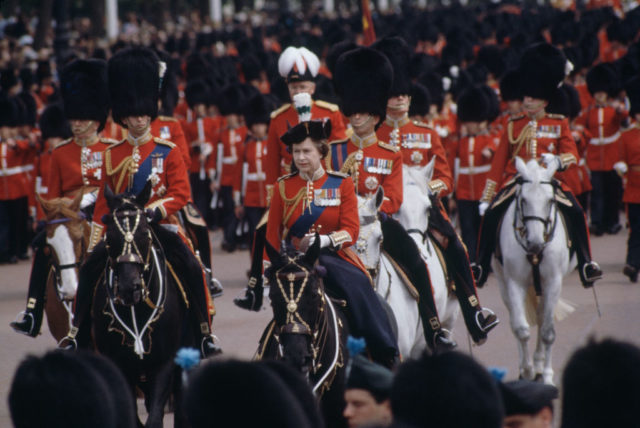
The Queen’s official birthday was celebrated with a lavish ceremony, the Trooping of the Colour, on the second Saturday of each June.
The exact date of the ceremony varied almost every year, but mid-June was chosen as there is a much better chance of good weather for the outdoor celebrations.
More from us: That Time the Future Queen Elizabeth II Slipped Incognito into the London Crowds
On her official birthday, Elizabeth II also made an appearance at Buckingham Palace. While the U.K. holds the Trooping the Colour ceremony, other realms of the Commonwealth joined in by declaring a public holiday to honor their Queen’s birthday.
